Who was St. John of the Cross?

“In the evening of life, we will be judged on love alone.” – St. John of the Cross
In the crucible of 16th century Catholic reform, one man’s profound mystical insights illuminated the path of spiritual transformation in a way that continues to resonate with seekers across traditions and modern psychologists alike. St. John of the Cross (1542-1591), the renowned Spanish mystic, Carmelite friar, and Doctor of the Church, gifted humanity with a corpus of writings that map the soul’s arduous journey through darkness into divine union.
His masterworks, including “The Dark Night of the Soul” and “The Ascent of Mount Carmel,” offer an intricate cartography of the psyche’s hidden depths and the process of radical self-transformation. Drawing upon the wellsprings of Christian mysticism and his own intense contemplative experiences, St. John’s teachings provide invaluable insights into the nature of human consciousness, the role of suffering in spiritual growth, and the ultimate potential for divine union.
His impassioned poetry and precise prose continue to guide spiritual seekers and inform transpersonal psychology, offering a timeless wisdom for those exploring the farther reaches of human nature and the mysteries of consciousness transformation.
Key Points and Main Ideas:
1. St. John of the Cross (1542-1591) was a Spanish mystic, Carmelite friar, and major figure of the Counter-Reformation, known for his writings on the soul’s journey to divine union.
2. John’s masterpieces, “The Dark Night of the Soul” and “The Ascent of Mount Carmel,” provide a detailed map of the psycho-spiritual journey through states of purgation, illumination, and union.
3. His teachings offer profound insights into the nature of human suffering, the process of ego transcendence, and the transformative power of divine love.
4. Born into a poor family in Fontiveros, Spain, John joined the Carmelite Order at 21 and later embraced Teresa of Avila’s strict reforms, becoming a principal figure in the Discalced Carmelite movement.
5. “The Dark Night of the Soul” uses the metaphor of a journey through a dark night to depict the soul’s purgative passage through trials and obscurity on the path to divine union.
6. The spiritual pilgrim must navigate two successive “nights” – the night of the senses and the night of the spirit – each involving a profound emptying and purification of the soul.
7. John’s path centers on radical detachment from all that is not God, including sensory pleasures, emotional attachments, and even spiritual consolations.
8. His teachings emphasize that true union with God requires a complete annihilation of the ego and surrender to divine love, culminating in a state of transforming union or “spiritual marriage.”
9. John’s mystical cartography reveals insights about the farther reaches of human consciousness and the soul’s capacity for total psycho-spiritual integration through contemplative practice and divine grace.
10. His concept of the “dark night” offers a powerful framework for understanding psychological crises, depression, and transformative spiritual experiences in modern clinical contexts.
11. John’s emphasis on detachment and ego transcendence aligns with various schools of psychotherapy, particularly those influenced by Eastern philosophies.
12. His detailed analysis of contemplative states and mystical phenomena provides valuable insights for transpersonal psychology and the study of non-ordinary states of consciousness.
13. John’s teachings on the transformative power of love resonate with attachment theory and the importance of secure relationships in psychological health and spiritual growth.
The Indefatigable Reformer:
Born into a poor family in Fontiveros, Spain, Juan de Yepes y Álvarez (later John of the Cross) experienced hardship from an early age. Orphaned and impoverished, he received his education through the charity of a wealthy patron. At 21, John joined the Carmelite Order, where his intellectual gifts and spiritual fervor quickly set him apart.
A fateful meeting with Teresa of Avila in 1567 ignited John’s passion for monastic reform. Embracing Teresa’s vision of a more austere and contemplative Carmelite life, John became a principal figure in the Discalced (barefoot) Carmelite movement. His reforming zeal, however, met with fierce opposition from his own order.
In 1577, John was imprisoned for nine months in a tiny cell in Toledo. It was in this crucible of suffering that his most profound mystical insights were born. Upon escaping, he composed much of his greatest poetry and prose, including “The Spiritual Canticle” and “The Dark Night of the Soul.”
Despite continued persecution and hardships, John’s final years were marked by intense literary activity and the founding of numerous reformed Carmelite houses. His life stands as a testament to the transformative power of suffering embraced with love and faith.
The “Dark Night” of the Soul:
“The endurance of darkness is the preparation for great light.” – St. John of the Cross
St. John’s signature work, “The Dark Night of the Soul,” uses the evocative metaphor of a journey through a dark night to depict the soul’s purgative passage through trials and obscurity on the path to divine union. This “night” represents a profound spiritual crisis in which all former sources of light and consolation seem to have vanished, leaving the soul in a state of painful unknowing and emptiness.
According to John’s schema, the spiritual pilgrim must navigate two successive “nights” – the night of the senses and the night of the spirit. The first involves a purification of the senses and detachment from worldly pleasures and consolations. The second, more intense night involves a deeper purging of the spirit itself, in which even spiritual joys and former ways of knowing God are stripped away.
This Johannine path centers on radical detachment from all that is not God, including sensory pleasures, emotional attachments, and even spiritual consolations. By enduring these nights of purgation, the soul is gradually emptied of its ego-centered existence and prepared for the infusion of divine love.
“Silence is God’s first language; everything else is a poor translation.” – St. John of the Cross
The Bridal Chamber of Divine Union:
John reserves his most sublime poetry and prose for describing the soul’s final ascent to union with God. Beyond even the dark nights of purgation, the spiritual seeker is immersed in an ineffable state of transforming union or “spiritual marriage” with the Divine:
In this exalted state, the soul experiences a profound integration and divinization. All duality between the self and God seems to dissolve, and the soul participates intimately in the divine life itself. John’s own ecstatic experiences, including reported levitations and stigmata, evoke these unutterable heights of mystical realization.
“The soul that is attached to anything, however much good there may be in it, will not arrive at the liberty of divine union.” – St. John of the Cross
Johannine Insights for Modern Psychology:
While articulated through traditional Catholic symbolism, St. John’s mystical cartography offers profound insights for modern psychology and psychotherapy. His detailed analysis of the “dark night” provides a powerful framework for understanding psychological crises, depression, and transformative spiritual experiences in clinical contexts.
For those grappling with mental health challenges, John’s teachings offer both comfort and challenge – affirming that periods of darkness and difficulty can be integral to personal growth and spiritual maturation. His emphasis on detachment and ego transcendence aligns with various schools of psychotherapy, particularly those influenced by Eastern philosophies.
John’s nuanced exploration of contemplative states and mystical phenomena provides valuable insights for transpersonal psychology and the study of non-ordinary states of consciousness. His work offers a bridge between spiritual and psychological perspectives on human development and the farther reaches of human nature.
At a time when many seek deeper meaning and authentic transformation, St. John of the Cross’s timeless wisdom calls us to embrace the journey through darkness into the transforming light of love. His life and legacy remain an enduring testament to the human capacity for radical self-transcendence and mystical union. As he reminds us:
“In the evening of life, we will be judged on love alone.”
St. John of the Cross’s Insights for Trauma Therapy and Modern Psychology
“Where there is no love, put love — and you will find love.” – St. John of the Cross
While primarily known as a Christian mystic and poet, St. John of the Cross’s penetrating insights into the human psyche and the process of spiritual transformation hold profound relevance for modern trauma therapy and psychology. His concept of the “dark night of the soul” and his detailed mapping of the spiritual journey offer a powerful framework for understanding psychological healing and the integration of traumatic experiences.
Trauma and the Dark Night:
John’s description of the “dark night” as a period of spiritual crisis and purification bears striking parallels to the psychological impact of trauma. Just as the dark night involves a stripping away of former certainties and consolations, trauma often shatters one’s fundamental assumptions about the world and oneself.
From a psychological perspective, we might understand the “night of the senses” as the initial shock and numbness that often follow traumatic experiences, while the “night of the spirit” could represent the deeper existential crisis and loss of meaning that trauma survivors often face.
The Stages of Healing:
John’s detailed exposition of the spiritual journey through purgation, illumination, and union provides a compelling template for the process of trauma recovery and psychological integration. The early stages of the journey, characterized by confusion, aridity, and struggle, mirror the initial phases of trauma therapy where survivors begin to confront painful memories and emotions.
As the journey progresses, John describes states of illumination and deepening awareness, which parallel the process in trauma therapy of gaining insight into one’s experiences and beginning to construct new meanings. The final stage of union, or “spiritual marriage,” can be seen as analogous to the integration and post-traumatic growth that can occur in successful trauma recovery.
Detachment and Ego Transcendence:
Central to John’s teaching is the concept of detachment – the gradual letting go of all that obstructs union with the divine. In trauma therapy, this principle finds resonance in the work of releasing traumatic attachments, letting go of maladaptive coping mechanisms, and transcending trauma-based identities.
John’s emphasis on transcending the ego aligns with therapeutic approaches that aim to help trauma survivors move beyond a self-concept defined by victimization. His teachings offer a spiritual perspective on the psychological process of reconstructing a more flexible, resilient sense of self in the aftermath of trauma.
The Transformative Power of Love:
At the heart of John’s mystical theology is the transformative power of divine love. This emphasis on love as the ultimate healing force resonates deeply with attachment-based approaches to trauma therapy, which recognize the crucial role of secure, loving relationships in psychological healing.
John’s writings on the soul’s journey towards union with God can inform therapeutic approaches that emphasize the importance of connection – with oneself, others, and a higher power or sense of meaning – in recovering from trauma. His teachings remind us of the profound healing potential of experiencing unconditional love and acceptance.
Navigating Spiritual Emergencies:
John’s nuanced understanding of the challenges and pitfalls of the spiritual journey offers valuable insights for clinicians working with clients experiencing spiritual emergencies or transpersonal crises triggered by trauma. His work provides a framework for distinguishing between psychopathology and potentially transformative spiritual experiences.
For trauma survivors grappling with existential questions or undergoing intense spiritual experiences, John’s teachings offer both validation and guidance. His work can help clinicians and clients alike to understand these experiences as potentially meaningful aspects of the healing journey rather than as symptoms to be suppressed.
Lasting Relevance:
St. John of the Cross’s mystical writings, while rooted in 16th-century Catholic spirituality, offer a wealth of insights that remain deeply relevant to modern trauma therapy and psychology. His penetrating analysis of the human psyche, his understanding of the transformative potential of suffering, and his emphasis on love as the ultimate healing force all resonate with contemporary approaches to trauma recovery and psychological growth.
As we continue to deepen our understanding of trauma and its treatment, John’s teachings serve as a bridge between spiritual and psychological perspectives, reminding us of the profound interconnection between psychological healing and spiritual growth. His work invites us to approach trauma not just as a wound to be healed, but as a potential catalyst for profound transformation and a deeper, more authentic engagement with life.
In a world where trauma is all too common, St. John of the Cross offers a message of hope – that even the darkest night can lead to a new dawn of wholeness and love. As he assures us:
“However dark the night, love will find a way.”
Read More Depth Psychology Articles:
Taproot Therapy Collective Podcast
Mystics and Gurus
Bibliography:
John of the Cross. (1578-1579). The Ascent of Mount Carmel.
John of the Cross. (1578-1579). The Dark Night of the Soul.
John of the Cross. (1584-1585). The Spiritual Canticle.
John of the Cross. (1585-1586). The Living Flame of Love.
Kavanaugh, K. & Rodriguez, O. (1991). The Collected Works of St. John of the Cross. ICS Publications.
May, G. G. (2004). The Dark Night of the Soul: A Psychiatrist Explores the Connection Between Darkness and Spiritual Growth. HarperOne.
Merton, T. (1951). The Ascent to Truth. Harcourt, Brace and Company.
Moore, T. (2004). Dark Nights of the Soul: A Guide to Finding Your Way Through Life’s Ordeals. Gotham Books.
Peers, E. A. (1989). Studies of the Spanish Mystics. SPCK Publishing.
Rohr, R. (2011). Falling Upward: A Spirituality for the Two Halves of Life. Jossey-Bass.
Starr, M. (2002). Dark Night of the Soul: St. John of the Cross. Riverhead Books.
Thompson, C. (2010). Anatomy of the Soul: Surprising Connections between Neuroscience and Spiritual Practices That Can Transform Your Life and Relationships. Tyndale Momentum.
Underhill, E. (1911). Mysticism: A Study in the Nature and Development of Spiritual Consciousness. Methuen & Co.
Welch, J. (1990). When Gods Die: An Introduction to John of the Cross. Paulist Press.
Wilber, K. (2006). Integral Spirituality: A Startling New Role for Religion in the Modern and Postmodern World. Integral Books.
Jung, C. G. (1969). Psychology and Religion: West and East. Princeton University Press.
Frankl, V. E. (1959). Man’s Search for Meaning. Beacon Press.
Grof, S. & Grof, C. (1989). Spiritual Emergency: When Personal Transformation Becomes a Crisis. TarcherPerigee.
Van Der Kolk, B. (2014). The Body Keeps the Score: Brain, Mind, and Body in the Healing of Trauma. Viking.
Levine, P. A. (1997). Waking the Tiger: Healing Trauma. North Atlantic Books.




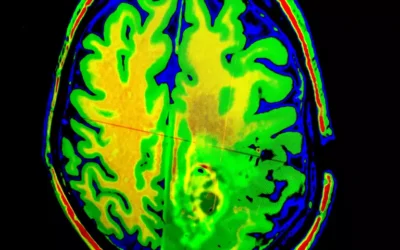










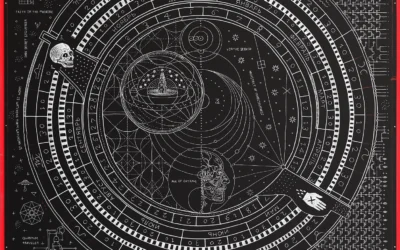
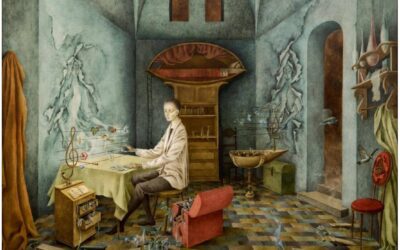
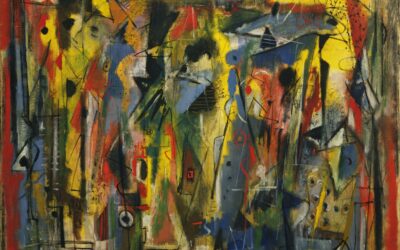
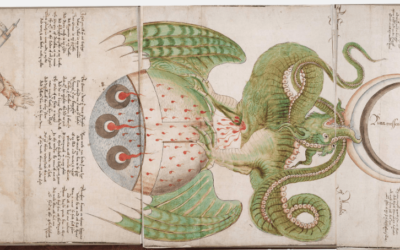
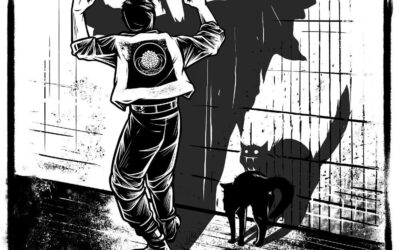

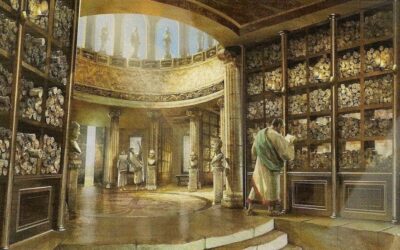
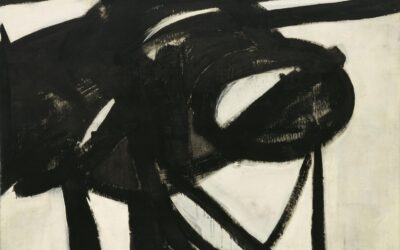
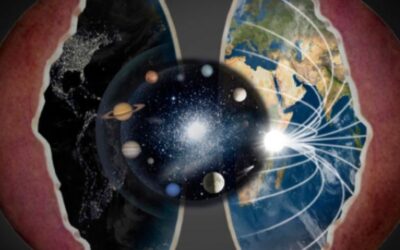
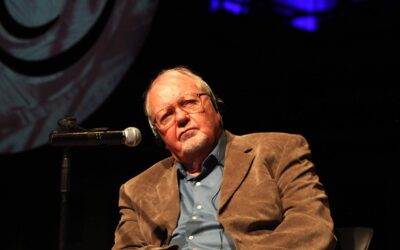
0 Comments